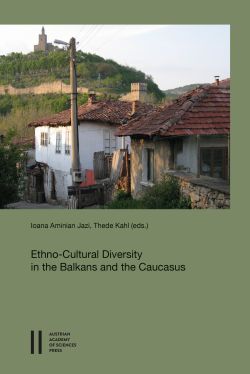
Ethnocultural Diversity in the Balkans and the Caucasus, pp. 335-344, 2023/02/09
Τhe closest relations between the Transdanubian Principalities of Wallachia and Moldavia, and Greece can be documented in the era of Phanariot rule in Greece between 1716–1821. Two examples allow more precise analysis: the social satires concerning Wallachian matters written in Greek in Bucharest and the amateur theatre performaned mostly in Bucharest after 1800, which forms the starting point of the coexistence of Romanian and Greek theater in the area. The social satires begin in 1692 in Bucharest and include Greek dialogic texts written by clergymen about ecclesiastical matters and persons, whereas Phanariot authors focus mainly on the concrete figures of rulers. These texts provide a wonderful insight into culture and everyday life in Bucharest. The amateur scenes at court and in schools take place after 1816 where scenes of ancient tragedies were played, but also the more recent dramas of Voltaire and Alfieri as well as Greek authors against tyranny; in these cases, ancient history was used as a cryptic chiffre to the suppression of the Ottoman Regime.
Keywords: Greek Drama, Satire, Amateur Theater Performance, Bucharest, Phanariots